A prism ABC (with BC as base) is placed in different orientations. A narrow beam of white light is incident on the prism as shown in below Figure. In which of the following diagrams, after dispersion, the third colour from the top of the spectrum corresponds to the colour of the sky?

(i)
(ii)
(iii)
(iv)
The correct Answer is:B
When white light is incident on a prism, it splits into component colours VIBGYOR The colour of sky namely blue, will be seen as third colour from the top of the spectrum of the prism is inverted as shown in figure (ii)
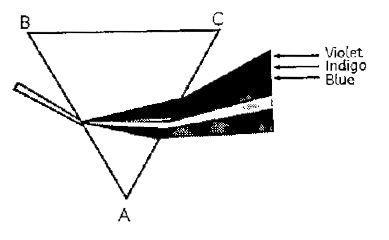
Similar Questions
A prism ABC (with BC as base) is placed in different orientations. A narrow beam of white light is incident on the prism as shown in (figure 2.21) In which of the following cases, after dispersion, the third colour from the top corresponds to the colour of the sky ?
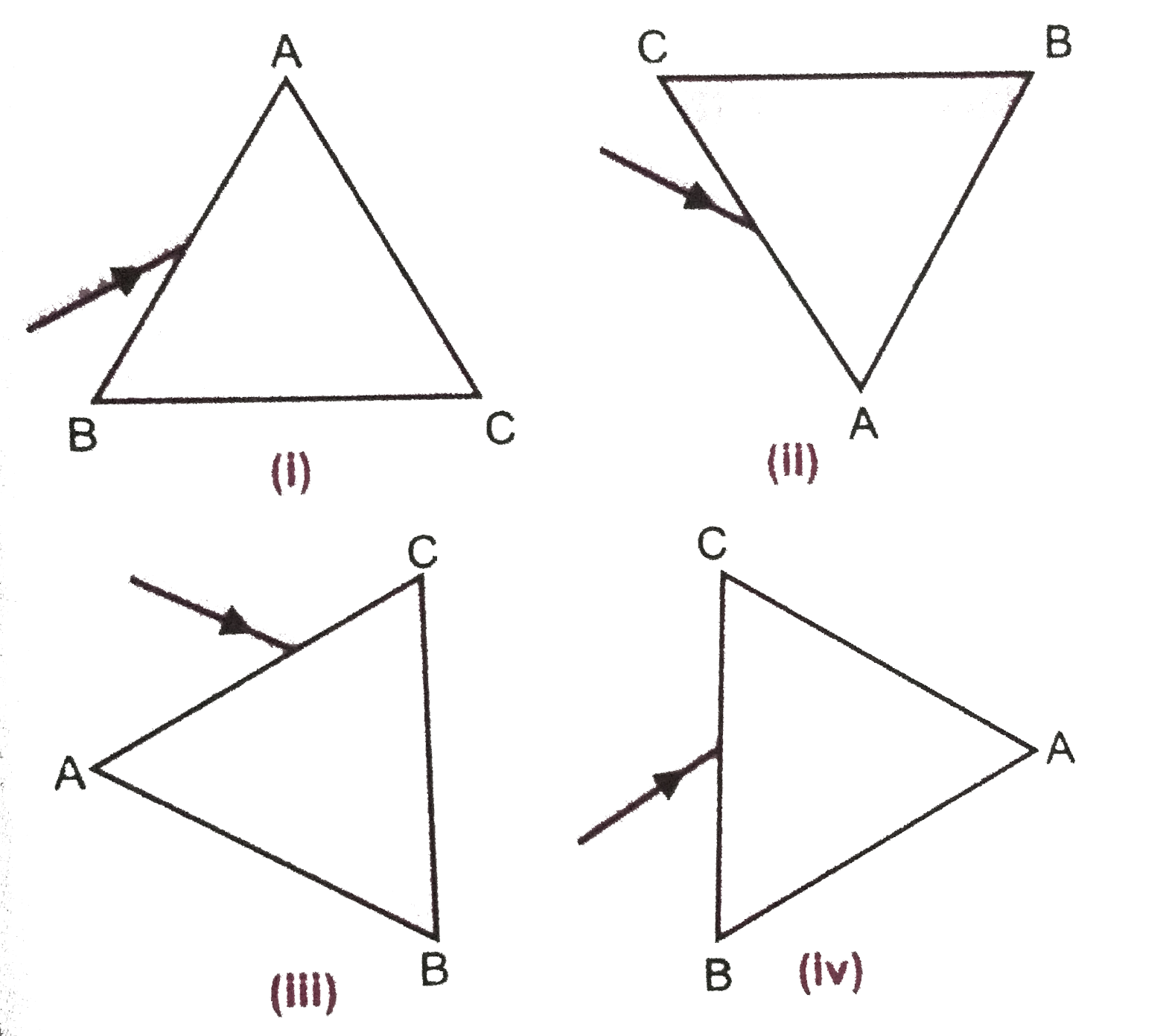 .
.
View SolutionWhich of the following diagrams shows correctly the dispersion of white light by a prism ?
View Solution
Knowledge Check
A prism ABC (with BC as base) is placed in different orientations. A narrow beam of white light is incident on the prism as shown in (figure 2.21) In which of the following cases, after dispersion, the third colour from the top corresponds to the colour of the sky ?
 .A(i)B(ii)C(iii)D(iv)
.A(i)B(ii)C(iii)D(iv)Which of the following diagrams shows correctly the dispersion of white light by a prism ?
A B
B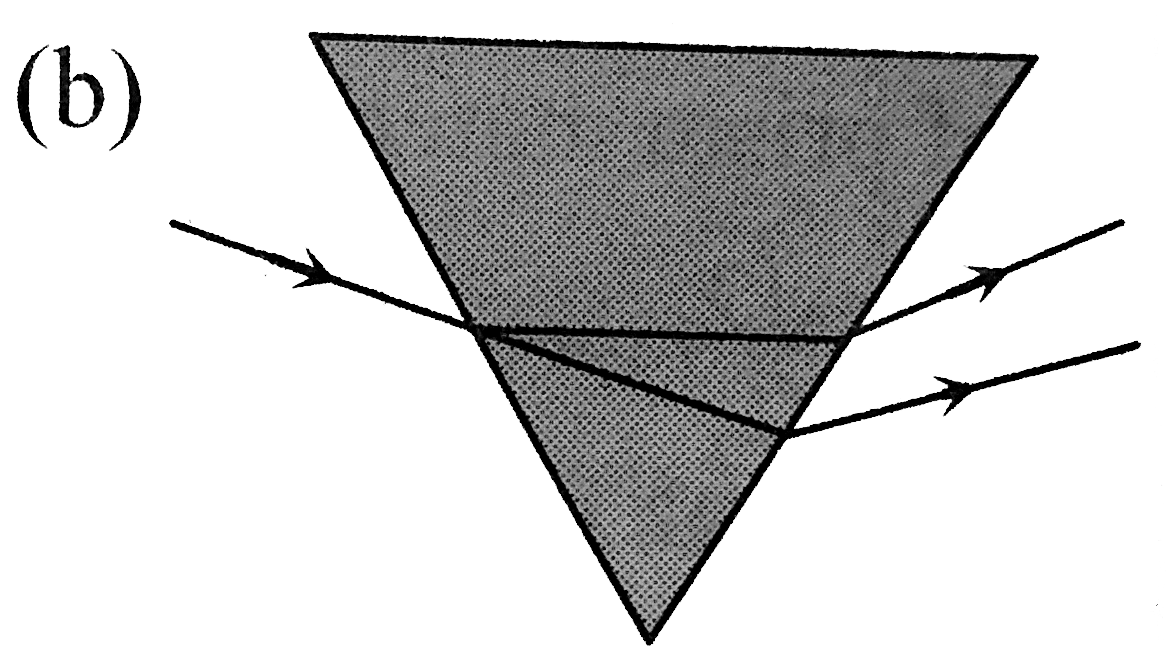 C
C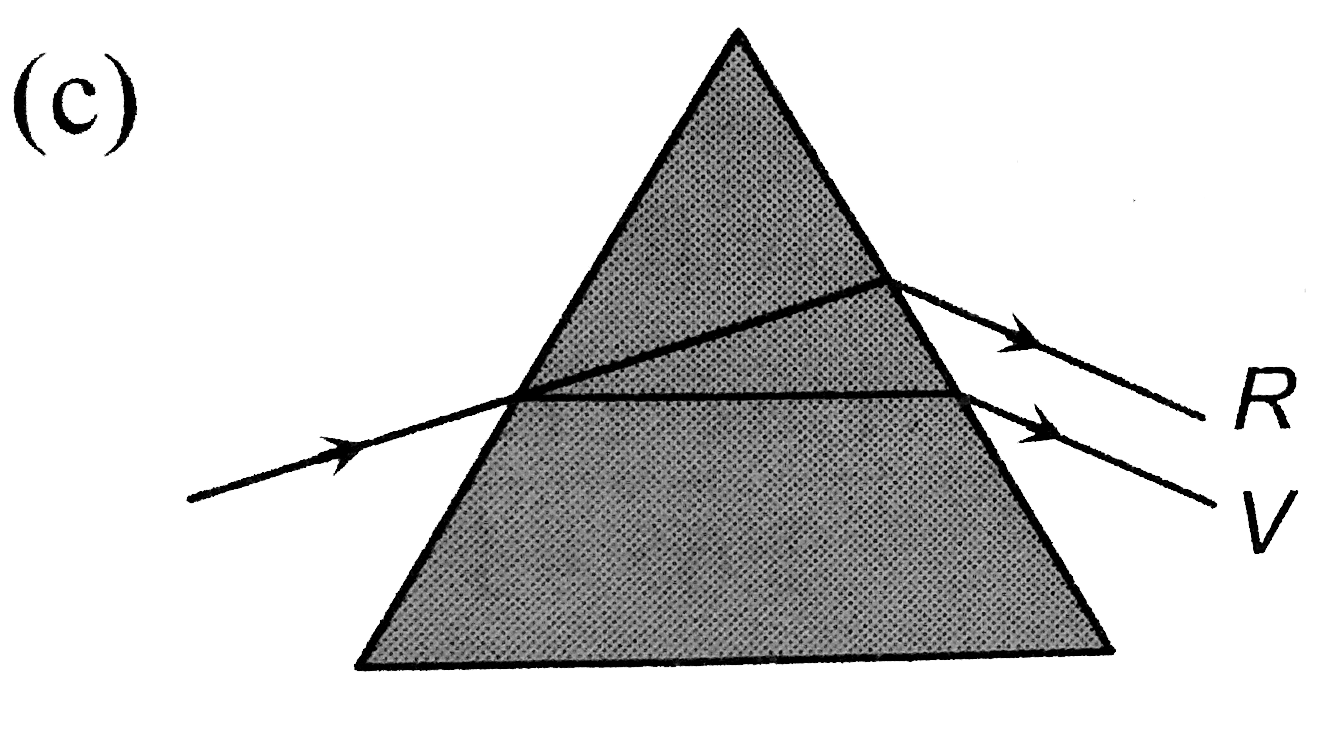 D
D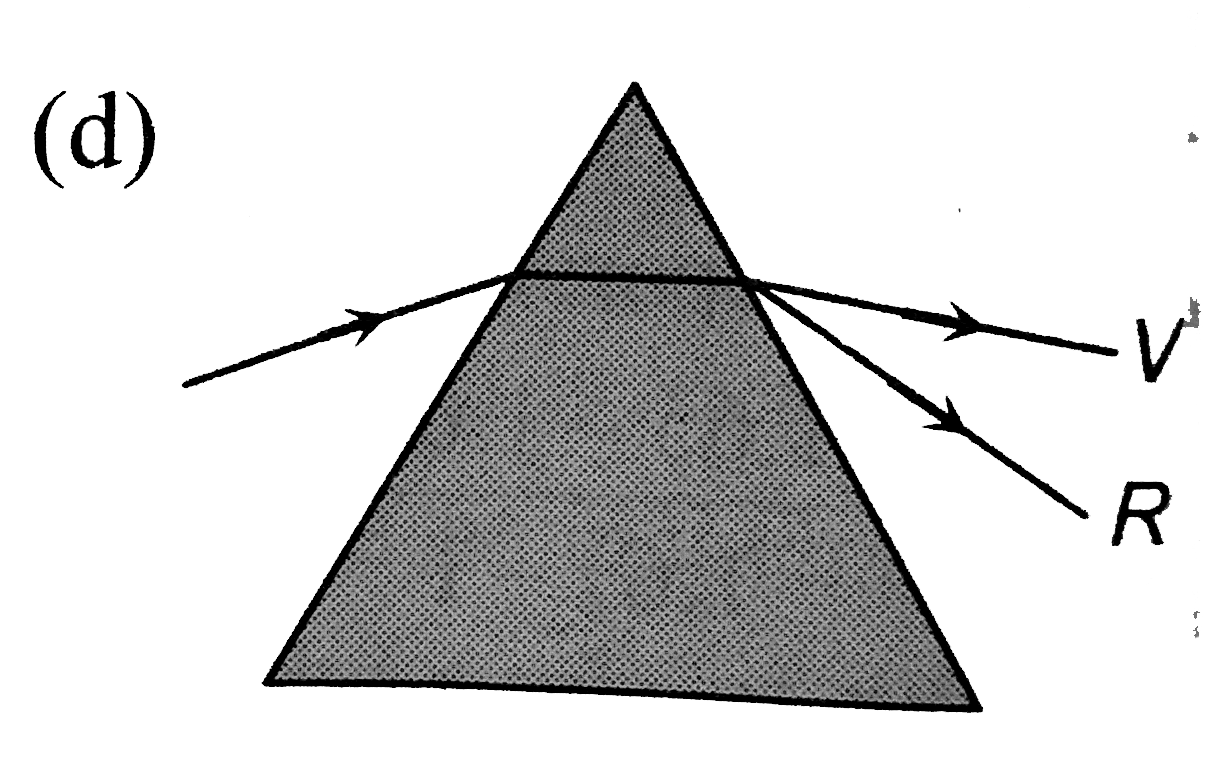
A narrow beam PQ of white light is passing through a glass prism ABC as shown in the diagram. Study the diagram and answer any four questions.
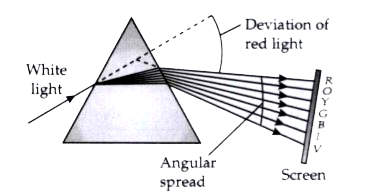
What is dispersion of light?AThe time for which the impression or sensation of an object continues in the eye.BSplitting of white light into its constituent colours.CThe phenomenon of scattering of light by the colloidal particles.DThe ability of an eye lens to adjust its focal length by the action of ciliary muscles to get a clear and sharp image of the object.
How will you use two identical prisms so that a narrow beam of white light incident on one prism emerges out of the second prism ay white light? Draw the diagram.
View SolutionHow will you use two indentical prisms so that a narrow beam of white light incident on one prism emerges out of the second prism as white light ? Draw the diagram.
View SolutionHow will you use two indentical prisms so that a narrow beam of white light incident on one prism emerges out of the second prism as white light ? Draw the diagram.
View SolutionA narrow beam PQ of white light is passing through a glass prism ABC as shown in the diagram. Study the diagram and answer any four questions.
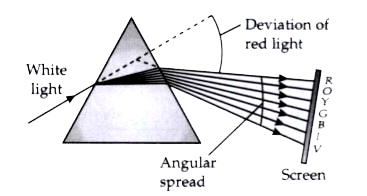
In nature, this phenomenon is observed in
View SolutionA narrow beam PQ of white light is passing through a glass prism ABC as shown in the diagram. Study the diagram and answer any four questions.
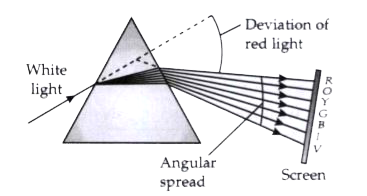
Name the phenomenon observed in above set-up.
View Solution
